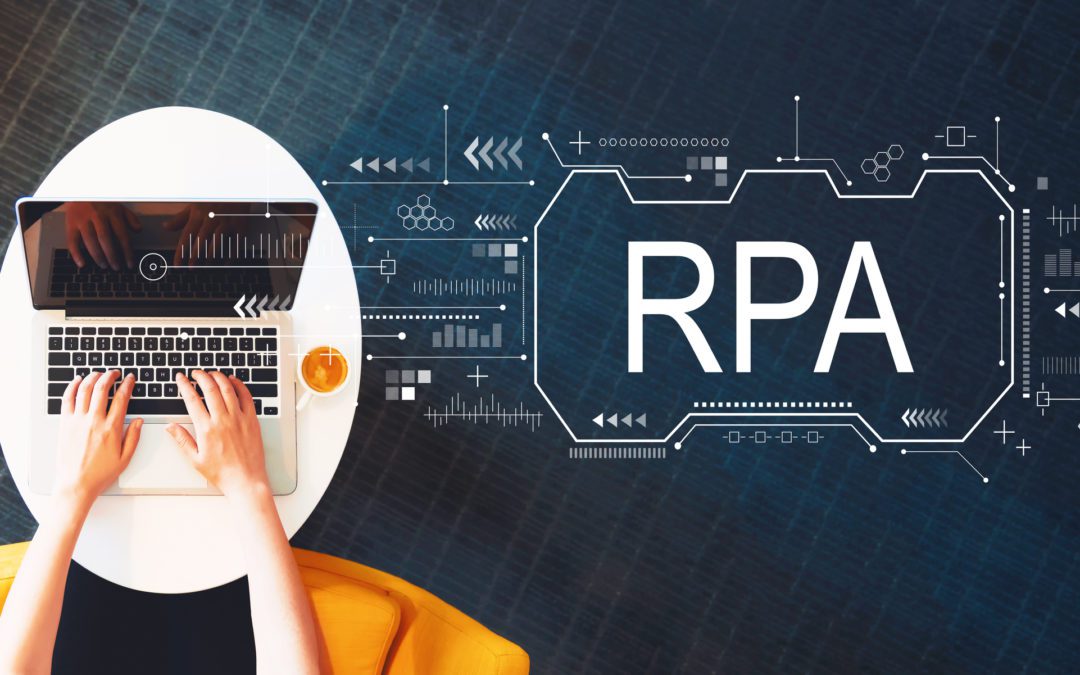Last month I mentioned I was on a panel with Shaye Thyer, Olwyn Connolly and Tyler Caskey exploring the use of Robotic Process Automation, Machine Learning and Artificial Intelligence. We all agreed automation is and will have a significant impact on how accounting firms operate and bring opportunities to be more efficient.
Before and since then I’ve run discussions about RPA with my client groups (see more on The Accountants Peer Groups here) and with clients individually. I’m convinced that RPA has now reached the stage where it is within reach of small to medium firms and will have a significant positive impact to improve efficiency / productivity and help address capacity constraints (which are largely due to the challenges for firms in finding and keeping the right people). I think it is also possible that RPA could reduce the need for offshore workers in some instances.
What is RPA?
I really like the definition provided by IBM: What is Robotic Process Automation (RPA)? | IBM
a software “robot” replicates routine human-computer interaction to automate tedious, repetitive tasks.
I also really like their expansion of this definition:
Deploying RPA software isn’t the same as building fully automated processes and platforms from the ground up. With basic RPA, a software robot literally does what a human would do. This includes routine tasks such as data retrieval and entry, button clicks, file uploads and downloads, or invoice processing. While this is an important limitation, basic RPA is nevertheless advantageous because it can improve the speed and accuracy of task completion while freeing humans to focus on higher-return work.
Full automation, on the other hand, employs systems, processes and even third-party services that are purpose-built for automation from the outset. For this reason, the potential benefit of full automation is much higher — but so is the commitment.
There’s a middle ground, however. When integrated with other automation software to enhance its base capability, RPA can be used in more situations and become a valuable component of an automation strategy that includes technologies such as artificial intelligence (AI), data capture, business rules and workflow.
For example, when RPA is integrated with AI, AI insights can be acted on by sending instructions directly to bots that complete tasks via other systems, such as an automation platform — with no lag time or human intervention — for improved efficiency, customer and employee experiences.
Where to start
I’m vendor agnostic as you know, but have had two businesses help educate my clients on RPA. They would be a great place to start if you want to learn more. Those businesses are:
Definiti – Definiti | RPA & Modern Workplace consulting Services | Australia
Talk to Laurent Launay Definiti – Our Team
Valenta – Consulting | Digital Transformation | Staff Augmentation | Training (valenta.io)
Talk to John Waterworth – John Waterworth – Valenta
My bet is you will pretty quickly identify tasks that can have RPA applied to them. I’ll write more about RPA again soon, but for now, go and learn more for yourself and even dip your toe in the water!

